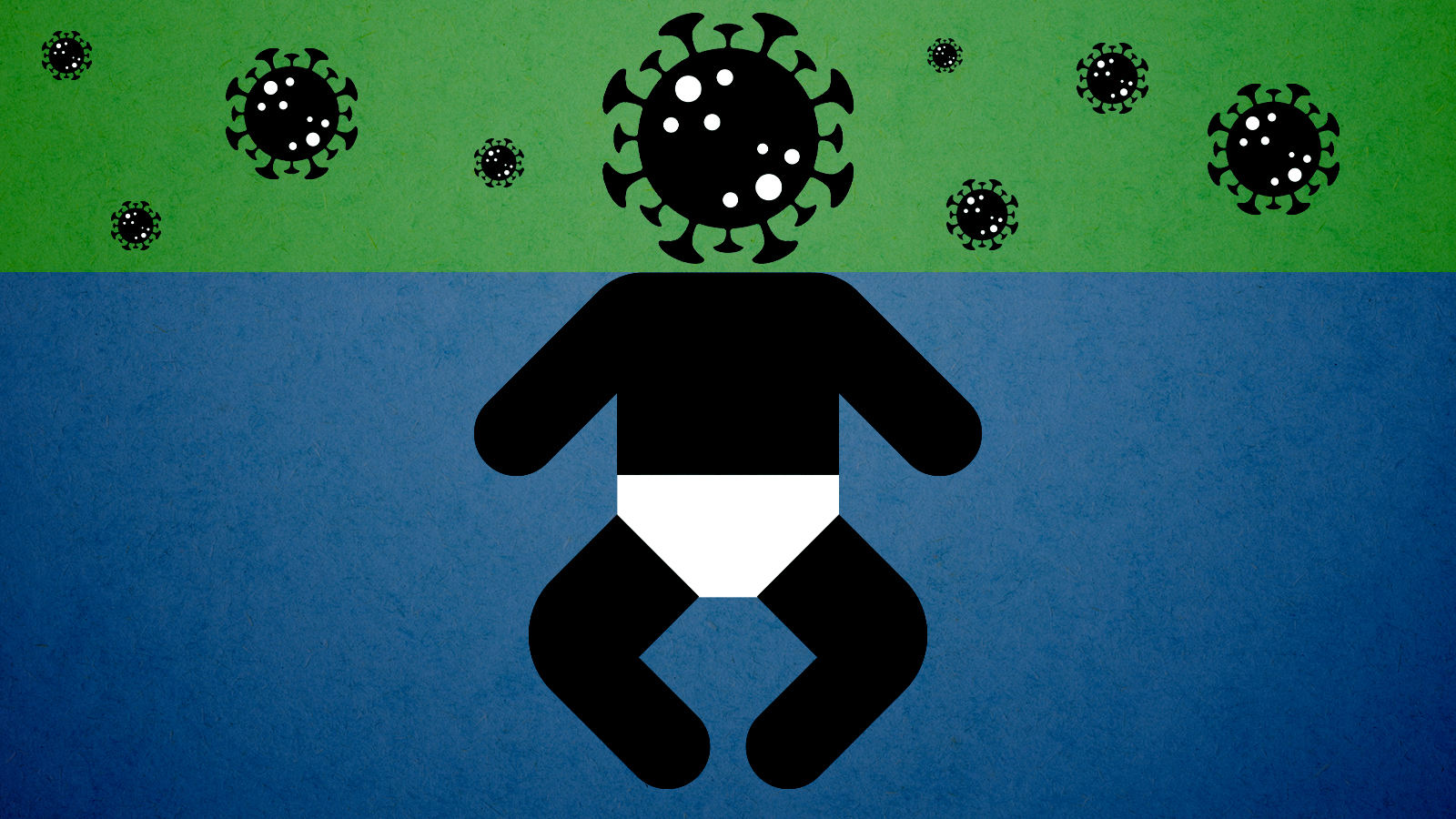The week's best parenting advice: September 13, 2022
The rise of digital self-harm, toy rotation actually works, and more


1. The rise of digital self-harm
More and more teens are targeting themselves online, a practice known as "digital self-harm," reports Chantelle Pattemore in Healthline. Typically, an adolescent will create an anonymous account, and then uses it to "send hateful, threatening, or humiliating messages or threats" to themselves, said Sameer Hinduja, co-director of the Cyberbullying Research Center. According to Hinduja's research, the share of adolescents who engaged in the practice rose from 6 percent in 2016 to 9 percent in 2019. It's not exactly clear why teens digitally self-harm; they could be looking for attention, attempting to decipher who is "on their team," or simply trying to punish themselves, Pattemore writes. And it can be very difficult for parents to figure out if their child is digitally self-harming, but if you suspect yours is, be sure to reach out to a mental health professional for guidance.
2. Toy rotation actually works
"Less really may be more when it comes to kids and toys," writes Anna Maltby in Romper. Toddlers in rooms with fewer toys tend to play with them longer, and in a greater variety of ways. If you'd like to give toy rotation a try, you'll need a few hours, some lidded storage bins, and extra-large Ziploc bags. Sort all of your child's toys into three categories: trash, donate, and keep. Organize the toys you plan to keep into broad categories (think: cars, and building toys), and after setting aside a few to display, place those that remain into bags and store them in a lidded bin along with the other toys in that category. Every couple of weeks, rotate the toys on display, keeping an eye out for any that your child no longer plays with — you can donate those as well.
The Week
Escape your echo chamber. Get the facts behind the news, plus analysis from multiple perspectives.

Sign up for The Week's Free Newsletters
From our morning news briefing to a weekly Good News Newsletter, get the best of The Week delivered directly to your inbox.
From our morning news briefing to a weekly Good News Newsletter, get the best of The Week delivered directly to your inbox.
3. There is no roadmap for parenting adults
There is no shortage of advice available to parents of minors, but "once children reach adulthood, the instruction abruptly stops," despite the fact that it's a tumultuous time, writes Julie Halpert in The Atlantic. Most people rework their relationships with their parents in early adulthood, and while that process is different for everyone, it "seems to be universally confusing." Parents have no legal responsibility to support their adult children, nor any authority to direct their decisions, but "the moral responsibility of helping one's kids doesn't just go away when they leave the nest." Finding the right balance of involvement can be tricky, especially when young adults struggle to achieve financial stability, or when, eventually, aging parents need support from their kids. "In the best cases, these bonds transcend any simplistic dynamic of a caregiver and a person being cared for, instead embodying a profound reciprocity," Halpert writes.
4. The promise of oral immunotherapy
Traditionally, children with food allergies must vigilantly steer clear of the foods to which they are allergic, but Oral Immunotherapy (OIT) may offer a promising alternative, writes Emily Oster in ParentData. The goal of OIT — which must only be undertaken under close supervision of a doctor — is to "prompt desensitization to the allergic food by having people consume small, increasing doses," writes Oster. The goal is "to induce tolerance to small amounts of the food, such that if there were an accidental exposure, it would not be life-threatening." An evaluation of Palforzia, an FDA-approved OIT treatment for peanut allergies, found that "67.2 percent of the treated group were able to ingest 600 mg of peanut protein at the end of the trial without severe symptoms, versus only 4 percent of the control group." Data on OIT for milk, eggs, and sesame show similar promise.
A free daily email with the biggest news stories of the day – and the best features from TheWeek.com
5. Handling after-school 'restraint collapse'
There's a name for the meltdown your kid has immediately after walking out of school: restraint collapse. "A classroom setting places enormous demands on our kids," explains Elizabeth Holmes in Romper. "Beyond learning the alphabet or how to read, students are honing their social and emotional skills" and learning to regulate their emotions. It's no wonder that kids need "to release and regroup" afterward. However frustrating, restraint collapse isn't a bad thing. "It's a sign our kids are learning to cope and determine where — and how — to release their feelings," writes Holmes. "It's a compliment! The outburst means you are their safe space." So it's best not to fight it; instead, plan for it. Avoid after-school playdates or trips to the grocery store. "Don't think of it as reinforcing bad behavior, but rather giving your kid the space and love that they need."
Stephanie H. Murray is a public policy researcher turned freelance writer.
-
 ‘The economics of WhatsApp have been mysterious for years’
‘The economics of WhatsApp have been mysterious for years’Instant Opinion Opinion, comment and editorials of the day
-
 Will Democrats impeach Kristi Noem?
Will Democrats impeach Kristi Noem?Today’s Big Question Centrists, lefty activists also debate abolishing ICE
-
 Is a social media ban for teens the answer?
Is a social media ban for teens the answer?Talking Point Australia is leading the charge in banning social media for people under 16 — but there is lingering doubt as to the efficacy of such laws
-
 How much should doctors trust parental intuition?
How much should doctors trust parental intuition?In The Spotlight Study finds parents' concern can be better at spotting critical illness than vital signs
-
 4 expert tips for avoiding parental burnout
4 expert tips for avoiding parental burnoutThe Week Recommends Today's parents are under an alarming amount of stress. The key is to start making small changes.
-
 A 'horror story': what is fertility fraud?
A 'horror story': what is fertility fraud?Under The Radar US woman has discovered she slept with her half-brother at high school
-
 The week's best parenting advice: October 25, 2022
The week's best parenting advice: October 25, 2022feature What we're getting wrong about the teenage years, the false allure of fancy baby products, and more
-
 The Week Junior poll: Kids are acutely aware of what's happening in the world — and ready to shake things up
The Week Junior poll: Kids are acutely aware of what's happening in the world — and ready to shake things upfeature 'Children are more aware of — and knowledgable about — current events than adults might think'
-
 The week's best parenting advice: October 18, 2022
The week's best parenting advice: October 18, 2022feature The pros and cons of gamifying parenthood, don't be too hard on your moody teen, and more
-
 The week's best parenting advice: October 11, 2022
The week's best parenting advice: October 11, 2022feature What we know about pandemic-induced developmental delays, your kid's obsession with death is normal, actually, and more
-
 The week's best parenting advice: October 4, 2022
The week's best parenting advice: October 4, 2022feature The upside of a short attention span, the truth about rainbow fentanyl, and more
